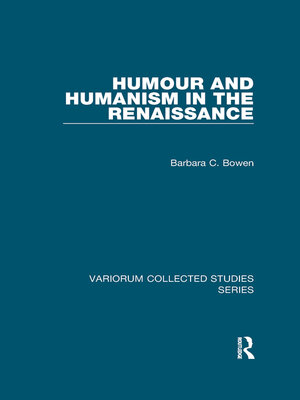
Sign up to save your library
With an OverDrive account, you can save your favorite libraries for at-a-glance information about availability. Find out more about OverDrive accounts.
Find this title in Libby, the library reading app by OverDrive.



Search for a digital library with this title
Title found at these libraries:
| Loading... |
Of the articles in this volume, eight concern a world-famous author (François Rabelais); the others are studies of little-known authors (Cortesi, Corrozet, Mercier) or genres (the joke, the apophthegm). The common theme, in all but one, is humour: how it was defined, and how used, by orators and humanists but also by court jesters, princes, peasants and housewives. Though neglected by historians, this subject was of crucial importance to writers as different as Luther, Erasmus, Thomas More and François Rabelais. The book is divided into four sections. 'Humanist Wit' concerns the large and multi-lingual corpus of Renaissance facetiae. The second and third parts focus on French humanist humour, Rabelais in particular, while the last section is titled '"Serious" Humanists' because humour is by no means absent from it. For the Renaissance, as Erasmus and Rabelais amply demonstrate, and as the 'minor' authors studied here confirm, wit, whether affectionate or bitingly satirical, can coexist with, and indeed be inseparable from, serious purpose. Rabelais, as so often, said it best: 'Rire est le propre de l'homme.'






